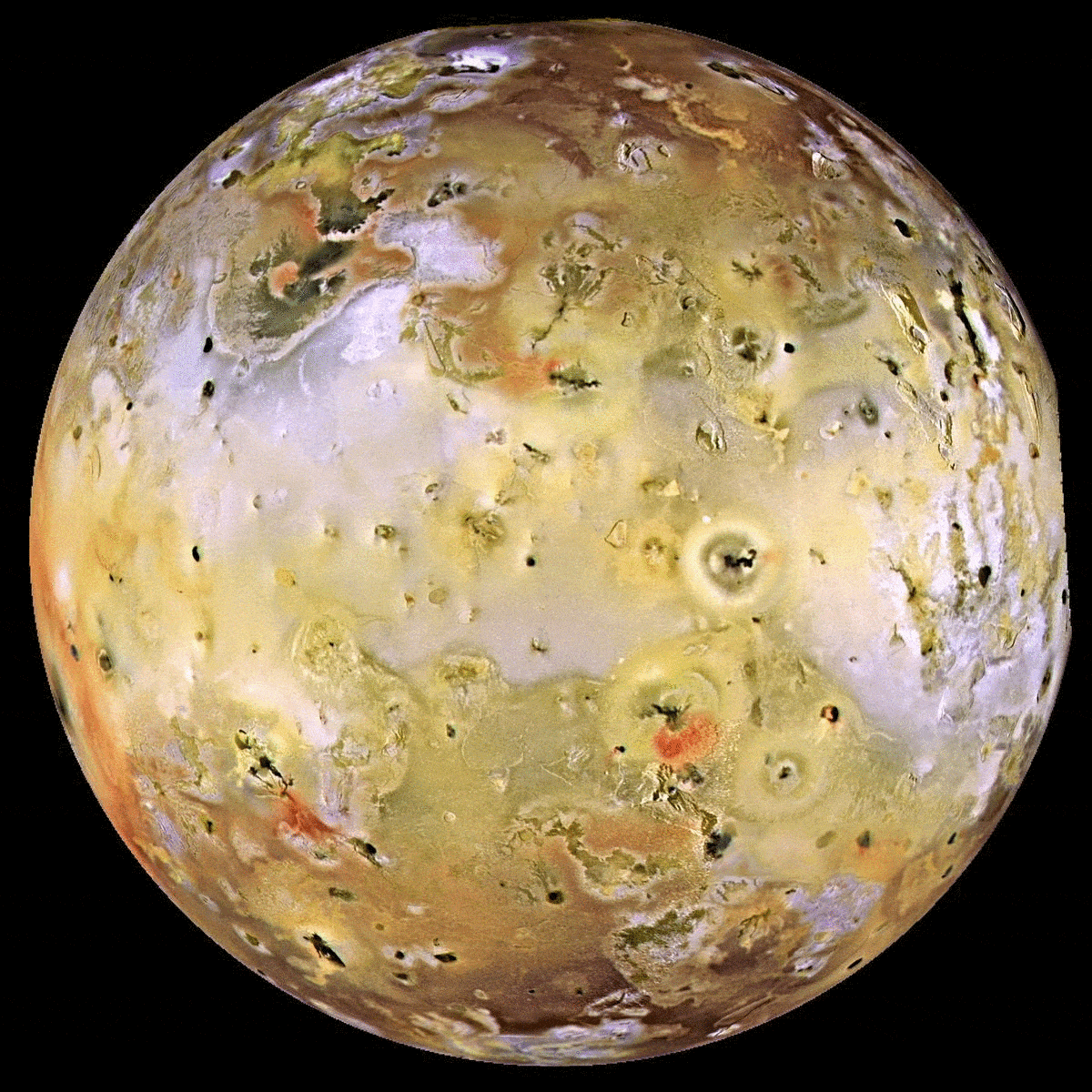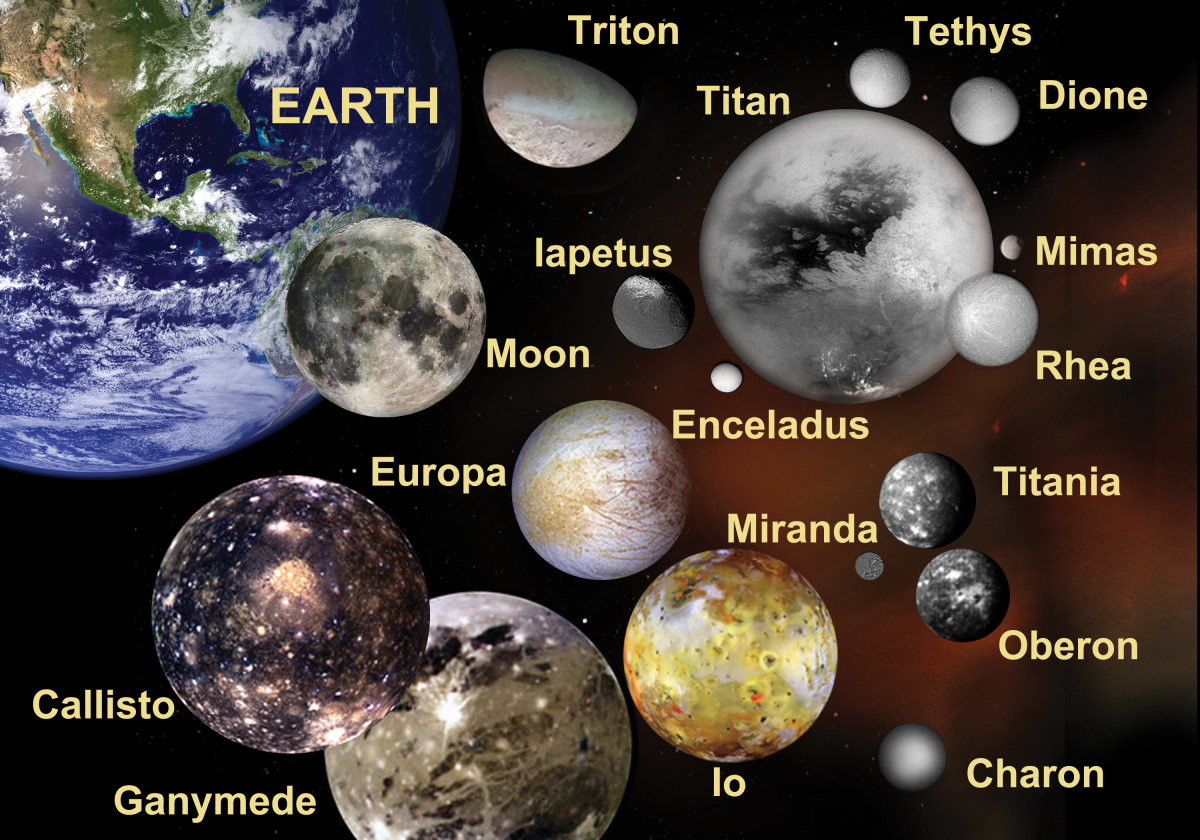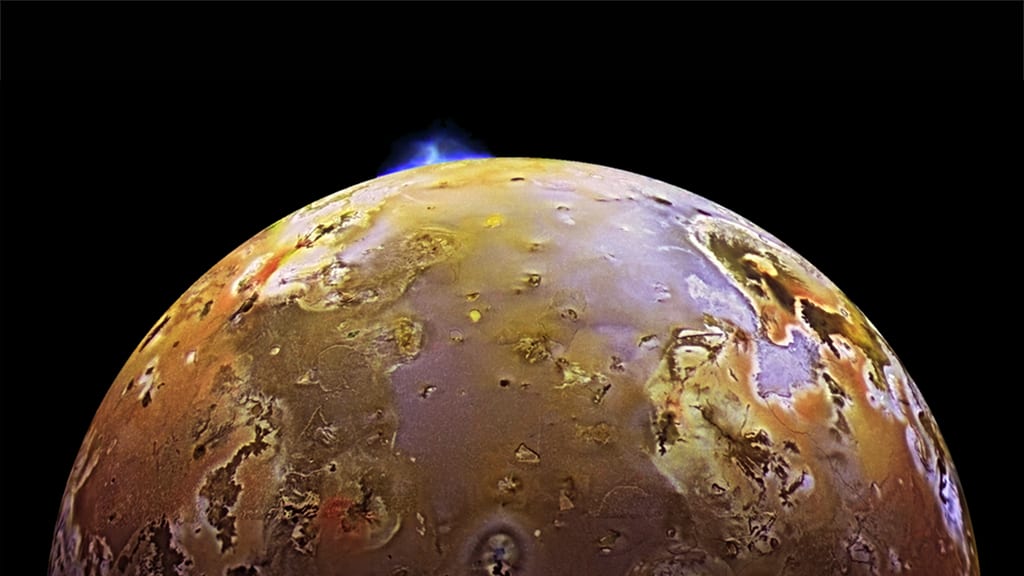Io is the innermost of Jupiter’s four largest moons, while Triton is the largest natural satellite of Neptune. Both moons are unique and intriguing due to their different characteristics and geological features, which make them captivating subjects for scientific research and exploration.
Io, known for its active volcanism and colorful surface, is an important target for studying planetary processes and geology. On the other hand, Triton is distinguished by its retrograde orbit and nitrogen geysers, providing valuable insights into the dynamics of icy worlds in the outer Solar System.
Despite their differences, Io and Triton both offer valuable opportunities for advancing our understanding of planetary science and the complexities of celestial bodies within our cosmic neighborhood.

Credit: www.popularmechanics.com
Discovering Io And Triton
When it comes to exploring the mysteries of our universe, the discoveries of celestial bodies such as Io and Triton have captured the imagination of astronomers and space enthusiasts alike. Let’s delve into the fascinating world of these two enigmatic moons, which have provided valuable insights into the outer reaches of our solar system.
Io
Discovered by Italian astronomer Galileo Galilei in 1610, Io is one of the four largest moons of Jupiter and is characterized by its volcanic activity, with numerous active volcanoes dotting its surface. This dramatic geological activity has continually reshaped and sculpted Io’s landscape, making it one of the most geologically active bodies in our solar system. The distinct colors and patterns of its surface bear testament to the violent forces at play on this mesmerizing moon.
- Distinctive volcanic activity
- Reshaped surface landscapes
- One of the most geologically active bodies
Triton
Triton, on the other hand, was discovered in 1846 by English astronomer William Lassell. This icy moon orbits the planet Neptune and stands out for its unique retrograde orbit, meaning it orbits in the opposite direction to its host planet’s rotation. Triton’s surface is marked by geysers that spew out nitrogen, creating an otherworldly spectacle that hints at the dynamic processes occurring beneath its icy exterior.
- Retrograde orbit around Neptune
- Presence of nitrogen geysers
- Dynamic and enigmatic surface features

Credit: www.nytimes.com
Composition And Atmosphere
When comparing celestial bodies, understanding their composition and atmosphere is essential. In this section, we’ll delve into the distinct characteristics of Io and Triton.
Io
Lying within Jupiter’s magnetic field, Io is primarily composed of silicate rock and sulfur compounds. Its volcanic terrain is a result of the continuous geological activity caused by the gravitational forces from Jupiter and its neighboring moons.
Triton
Triton, Neptune’s largest moon, boasts a composition largely composed of water ice, with traces of nitrogen and carbon-based molecules. It features an intriguing surface cover of nitrogen frost and geysers, adding to its distinctive appearance.
Geological Features
Comparing the geological features of Io and Triton reveals their unique characteristics. Io, known for its volcanic activity, showcases colorful sulfur deposits and constantly changing surface due to active eruptions. In contrast, Triton’s landscape includes nitrogen ice geysers and ridges encircling frozen plains, reflecting its icy nature.
Io
Io, one of Jupiter’s four largest moons, is renowned for its fascinating and diverse geological features. This intriguing moon is home to a myriad of volcanic activity, making it the most geologically active planetary body in our solar system. Its distinct surface is characterized by a dramatic combination of volcanic mountains, lava flows, and colorful sulfur deposits.
Triton
Triton, Neptune’s largest moon, also boasts captivating geological features that set it apart from other celestial bodies. This icy moon exhibits a combination of icy plains, valleys, and towering mountain ranges. Additionally, Triton showcases unique geysers that eject nitrogen gas into its slim atmosphere, creating an awe-inspiring spectacle.
Volcanic Activity
Volcanic activity is a fascinating phenomenon that occurs on various celestial bodies in our solar system, providing valuable insights into the geologic processes at play. Let’s delve into the volcanic activity on Io and Triton, two intriguing moons with distinct characteristics.
Io
Io is one of the most volcanically active bodies in our solar system, showcasing a dynamic surface constantly reshaped by eruptions.
- Io’s volcanoes, fueled by intense tidal heating from Jupiter, eject sulfur and silicate materials into space.
- The volcanic plumes on Io can reach heights of hundreds of kilometers, creating a surreal and volatile landscape.
Triton
Triton, Neptune’s largest moon, also exhibits signs of past volcanic activity, although at a much lower frequency compared to Io.
- Triton’s volcanoes are thought to be cryovolcanoes, erupting icy materials such as water, ammonia, and nitrogen.
- These cryovolcanoes on Triton release plumes of material, contributing to the moon’s unique surface features.
Cryovolcanism
Let’s explore the fascinating world of cryovolcanism on Io and Triton.
Triton
Triton, a moon of Neptune, exhibits cryovolcanism with geysers erupting nitrogen. Its unique icy surface masks a dynamic world beneath.
Io
Io, one of Jupiter’s moons, also experiences cryovolcanism. Its volcanic activity arises from molten silicate rock rather than ice.
“` Triton 1. Nitrogen geysers 2. Active icy surface Io 1. Silicate volcanic activity 2. Distinct from icy cryovolcanism
Credit: discover.hubpages.com
The Magnetic Field
A magnetic field is an invisible force that surrounds a celestial body, affecting its environment and interactions with other bodies. In the case of Io and Triton, both moons exhibit fascinating magnetic properties, although they differ in several aspects.
Io
Io, one of Jupiter’s largest moons, boasts a prominent magnetic field despite lacking a global magnetic dynamo. This unique attribute originates from the moon’s complex interactions with Jupiter’s intense magnetic field. The strong radiation belts surrounding Jupiter induce electrical currents within Io’s interior, generating a localized magnetic field. Not only does this magnetic field shape Io’s environment, but it also contributes to the mesmerizing volcanic activity observed on its surface.
Triton
On the other hand, Triton, Neptune’s largest moon, exhibits a more enigmatic magnetic field. Unlike Io, Triton possesses a weak magnetic field that arises from its subsurface ocean composed primarily of water and other volatile substances. This subsurface ocean undergoes complex interactions with Triton’s thin atmosphere and Neptune’s magnetosphere, giving rise to a peculiar magnetic signature. Although weaker compared to other moons, Triton’s magnetic field still plays a role in shaping its environment and dynamic geology.
Comparing Io and Triton’s magnetic fields, we can draw parallels in their interactions with their respective parent planets. However, the distinct origins and characteristics of these magnetic fields add to the captivating nature of these two moons.
Frequently Asked Questions Of Io Vs Triton
What Are The Key Differences Between Io And Triton?
Io and Triton are moons of different planets with distinct characteristics. Io, a moon of Jupiter, is known for its active volcanoes, while Triton, a moon of Neptune, has icy surfaces and geysers. Io is closer to its parent planet, experiencing more tidal heating, leading to its volcanic activity.
How Do Io And Triton Contribute To Planetary Research?
Studying Io’s volcanic activity provides insights into geological processes and the interactions between moons and their parent planets. Triton’s icy surfaces and geysers offer valuable information about distant icy worlds and their formation.
Are There Any Missions Planned To Explore Io And Triton Further?
While there are no specific missions solely dedicated to Io or Triton at present, future explorations of Jupiter and Neptune systems may offer opportunities to study these moons in more detail. Researchers are continually proposing missions to unravel the secrets of these fascinating celestial bodies.
Conclusion
The comparison between Io and Triton showcases the fascinating landscapes and intricate details of these two celestial bodies. Io’s volcanic activity and colorful surface give it a unique allure, while Triton’s icy plains and geysers offer a mysterious charm. Both moons have their own significance in our understanding of the solar system.
Exploring these moons allows us to deepen our knowledge and appreciation of the vast wonders beyond Earth.



